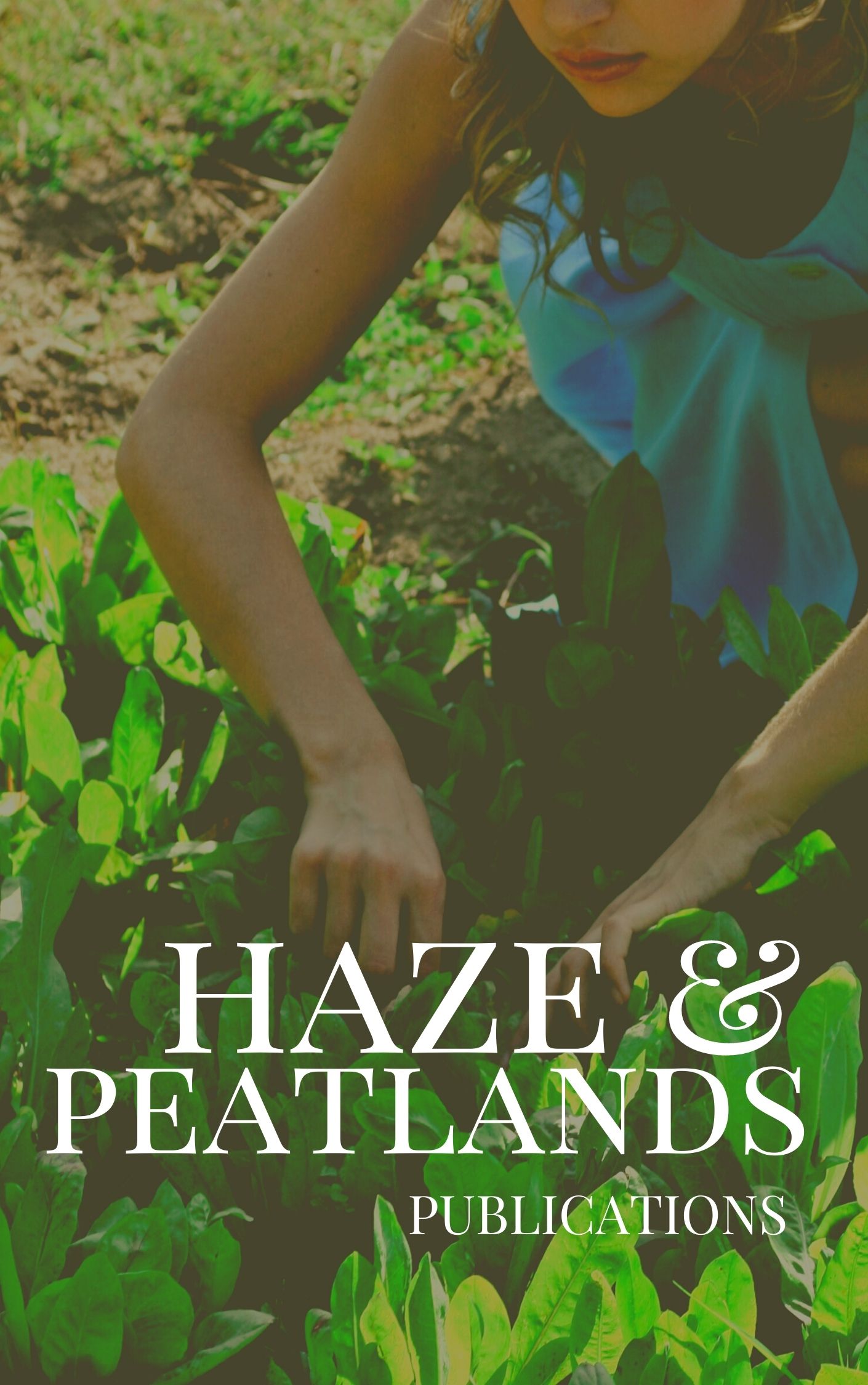This volume describes soil and ecosystem processes and agronomic practices that are well-suited for sustainability in tropical regions. In Part I, pedogenic processes on different continents, i.e., in humid Asia and equatorial Africa, are discussed in detail, with special reference to our recent findings regarding clay mineralogy and soil fertility in these regions. Part II provides a comparative analysis of pedogenic acidification processes under different geological and climatic conditions in humid Asia where Ultisols predominate and follow with a comparative analysis of Oxisols in Cameroon. This analysis is presented within the context of an ecosystem strategy for resource (nutrients) acquisition," as a driving force of mineral weathering and soil development. Parts III and IV provide an analysis of "low-input" agricultural methods and a description of trials for establishing "minimum-loss" agriculture, respectively, in tropical Asia and Africa. Firstly, shifting cultivation and/or slash-and-burn agriculture in different regions, i.e., in the forest-savanna boundary of Cameroon, monsoonal forests in Thailand, and the miombo woodland of Zambia, are analyzed. These agricultural systems are then comparatively analyzed in the context of on-site re-accumulation and/or temporal redistribution of nutrients. In addition, the interaction between agricultural and pastoral activities in the Sahel is analyzed from the viewpoint of the spatial redistribution of resources, i.e., transport of resources to the farm from outside. Agricultural practices consistent with "low-input" and "minimum-loss" management have been characterized, and they provide a knowledge base and technical framework for scientifically based sustainable soil management. We then describe several trials undertaken for the control of soil erosion by either wind or water in different regions, characterized by different tropical climates and soils, e.g., semiarid savannas in Niger, Ultisols in monsoonal forests in Thailand, and on Ultisols and Oxisols in savannas and forests of Tanzania and Cameroon. A trial conducted on a cropland in Tanzania-for the purpose of minimizing losses of nitrogen due to leaching-that utilizes soil microbial biomass as a temporary pool is also described. © 2017. Springer Japan KK."
View source

